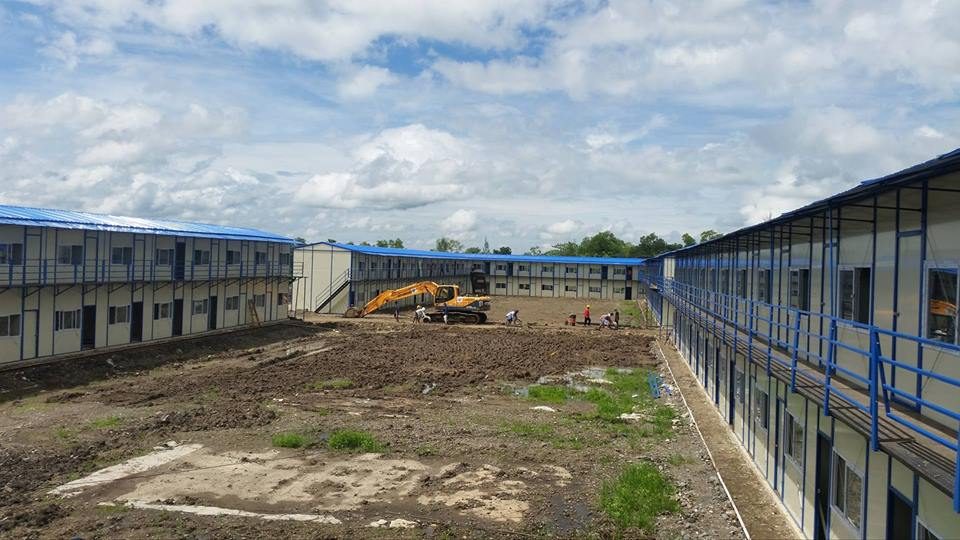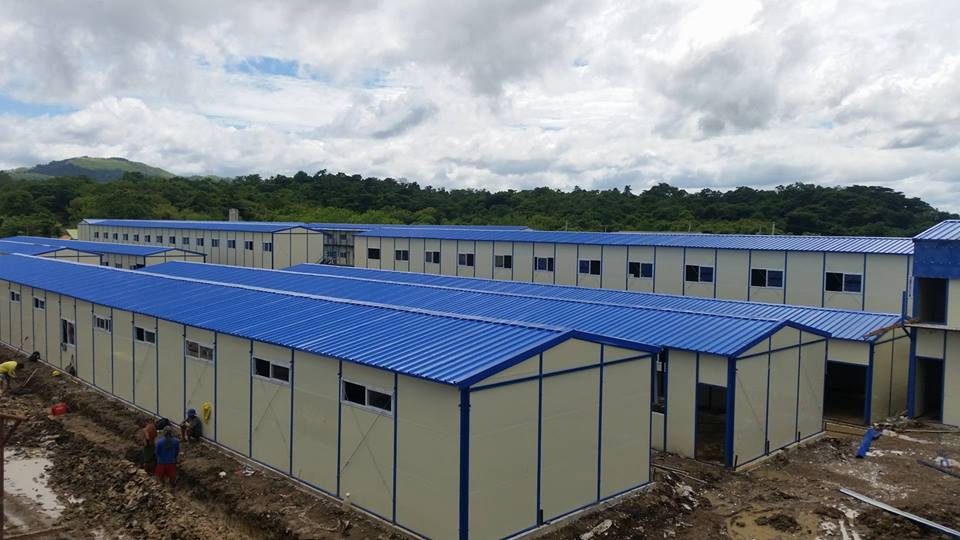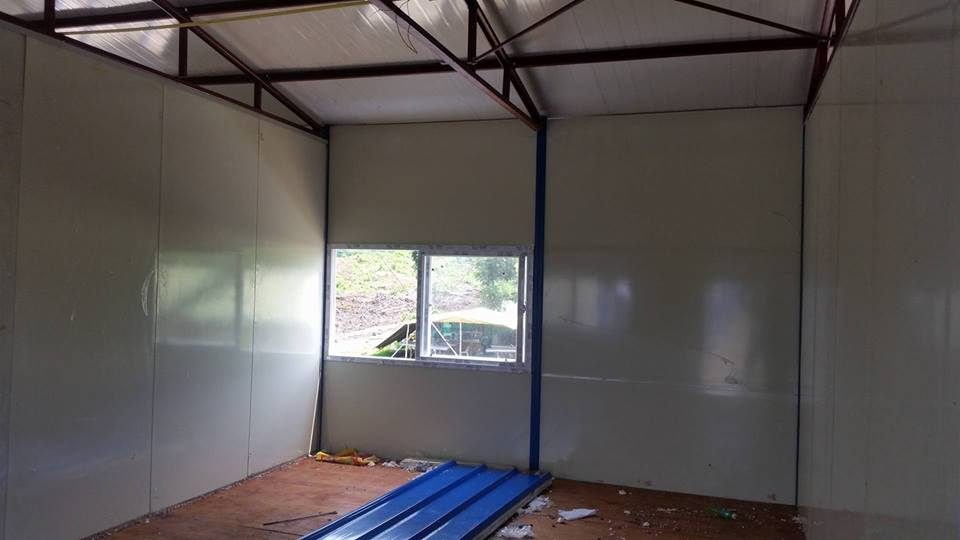SUMMARY
This is AI generated summarization, which may have errors. For context, always refer to the full article.

MANILA, Philippines – The Department of Health (DOH) expects the 10,000-bed mega drug treatment and rehabilitation center (TRC) in Fort Magsaysay, Nueva Ecija, to be in “full operation” by the first week of November.
“Almost 50% of the facility has been constructed. The right wing of the building, which can accommodate almost 1,000 in-patients and offices, are now ready to be furnished. Construction of the left wing of the building and the female dormitory is underway,” Health Secretary Paulyn Ubial said in a press conference Wednesday, October 12.
She added: “It is expected to be finished by the end of October 2016.”
The mega TRC was donated by Huang Rulun, a Chinese businessman and philanthropist who, Ubial, said “has no business intrest in the Philippines. All his businesses are in China.”
She said Huang met President Rodrigo Duterte for 3 times – twice, before he was elected president, and once when he was already in Malacañang.
According to Forbes, Huang’s privately-held real estate developer, Century Golden Resources Group, has over 20,000 employees and has invested in 20 5-star hotels and 10 shopping malls.
Ubial was in China last September to sign a deed of donation for the construction of the mega TRC, which started in July 2016.
“In donation papers I signed, it’s not even written there that it’s a 10,000-bed facility, but a 100,000-square meter facility….The donation has no money value. It’s just 100,000-square meters of facility, but the running of the facility was modeled after existing TRCs,” she added.
The first 2,500 beds will be turned over on Saturday, October 15, while the other 7,500 beds will be done by November 2016. Ubial also announced on Wednesday that there is already a donor for the furnishings of the mega TRC.

Materials from China
All materials used in building the facility were brought in from China.
“What I know is that we released from Customs about 21 container vans but I knew from the donor there were about 75 container vans coming in from China. And then the operational cost for this treatment and rehab center is in the 2017 budget already, it’s around an estimated P500 million for operating expenses,” Ubial explained.
She explained that these materials are used in facilities demonstrated in Yolanda (Haiyan)-affected areas and can withstand winds of up to 200 kilometers per hour (km/h).
“[Engineers and architects] said if 300 km/h winds or more visited the country, the structures can actually be reinforced by cable that will be attached to [the] ground,” she said.
“These materials are fire-proof, that’s what they told us, and all requirements for building has been complied by this particular project, and everything was facilitated – even water and electricity connection.”
Ubial also told reporters that the land for the mega TRC was identified by the Department of National Defense (DND).
During a budget hearing at the Senate on Tuesday, October 11, the health secretary explained that the vision behind building these facilities inside military camps is for the DOH to turn them over to the military once they have reduced the number of admitted drug dependents.
To date, at least 739,633 drug dependents have surrendered since the government’s campaign against illegal drugs started in July. Of this number, only around 500 have been admitted to existing TRCs.
The DOH has estimated that only 1% to 2% of this number will need residential drug rehabilitation treatment, while the rest will undergo either a community-based rehabilitation program, or an outpatient one. (READ: War on drugs: Rehabilitation must be more than a knee-jerk reaction)
Staff training
The mega TRC is also envisioned to provide patients with a drug rehabilitation program that involves both family and community.

As such, the DOH estimated that based on standards, the facility will need 908 staff for a 2,500-bed capacity.
“We have existing [personnel] coming from different treatment and rehabilitation centers of around 200, and we have hired another 200, and the gap of around 200 will be provided by the [Department of the Interior and Local Government],” Ubial said.
Since the center will cater to patients “in phases,” she said the 600 staff “will suffice for about 2,000 beds.” These staff will be trained to man the facility and to provide treatment to patients.
Meanwhile, according to Ubial, the World Health Organization has hired an addiction specialist that will work with the DOH in its drug rehabilitation program.
Health Undersecretary Gerardo Bayugo also revealed on Wednesday that the PhilHealth Board has approved a PhilHealth benefit package for drug dependents worth up to P10,000. – Rappler.com
Add a comment
How does this make you feel?
There are no comments yet. Add your comment to start the conversation.